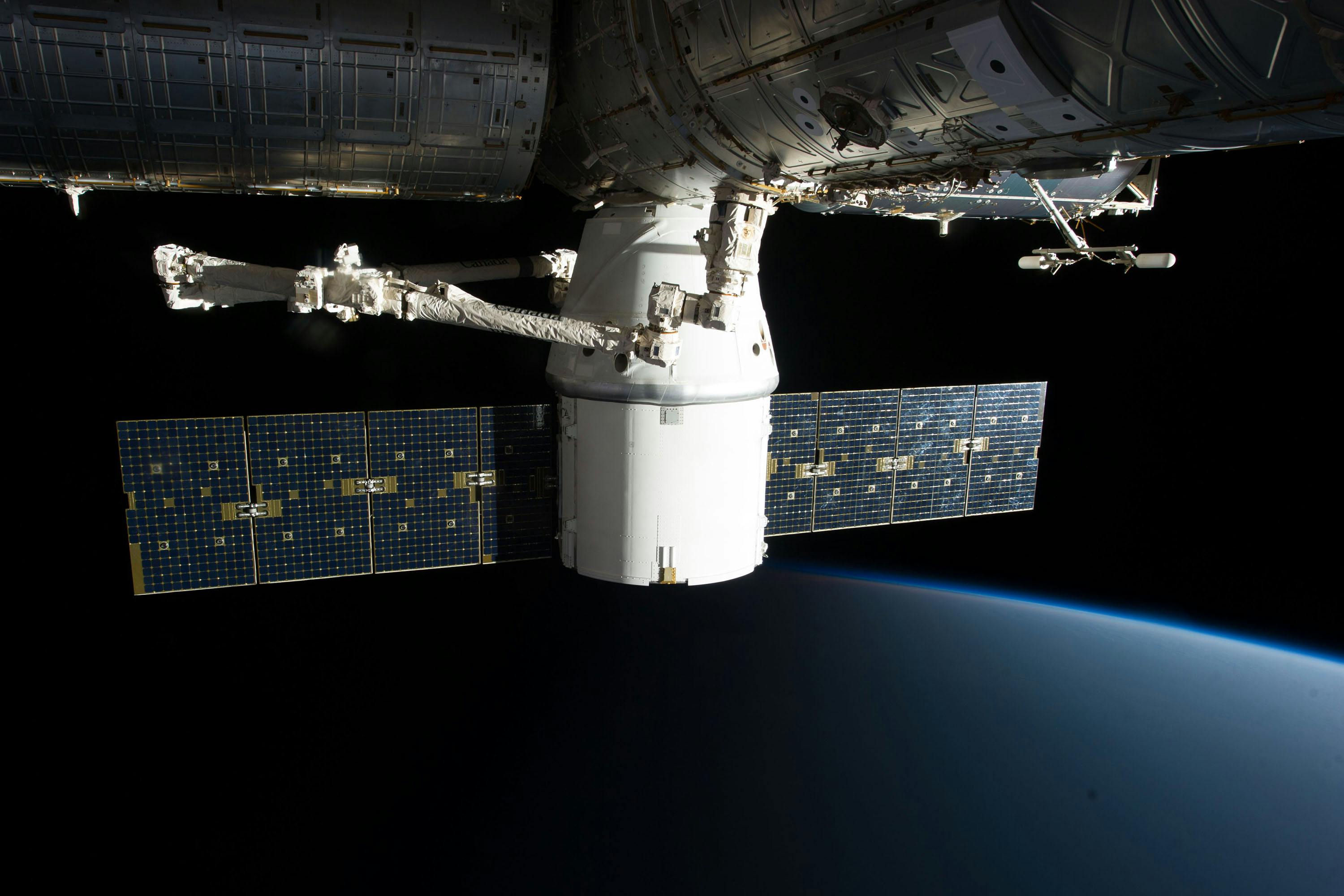
Introduction
The space race has recently reached an emotional peak for India, culminating in a historic chapter that resonates with pride and aspirations. High above the Earth, where the boundaries fade and humanity comes together in orbit, an inspiring narrative unfolded. Group Captain Shubhanshu Shukla, a test pilot of the Indian Air Force, has become the first Indian astronaut to arrive at the International Space Station (ISS), joining the crew of SpaceX for Axiom Mission 4. This moment is not just a personal achievement for Shukla; it signifies a monumental step forward for a nation whose space ambitions have rapidly evolved.
Shubhanshu Shukla: Journey from Gandhinagar to the Stars
Born in Gujarat, Group Captain Shubhanshu Shukla’s journey embodies personal resilience and reflects India’s growing capabilities in space exploration. As an esteemed test pilot for the Indian Air Force, he has spent years pushing the boundaries of aviation and technology. However, his mission to the ISS takes his career—and India’s ambitions—into the cosmos.
Launched from Cape Canaveral onboard a Falcon 9 rocket, Shukla’s participation in the mission highlights India’s ascent into the sphere of global space exploration. It represents India’s first human presence in one of the most sophisticated laboratories—an incredible feat that brings tremendous pride to the nation.
Axiom Mission 4 and the Innovative Technology Behind It
During his mission, Shukla rode in the Dragon capsule aptly named ‘Grace’, experiencing firsthand the capabilities of 21st-century space engineering. The Falcon 9 rocket, well-known for its reusable boosters, propelled the crew into orbit with remarkable precision and efficiency—a hallmark of SpaceX’s numerous successful launches.
The Dragon capsule is a marvel of modern engineering, equipped with autonomous docking systems, advanced life support capabilities, touchscreen controls, and sophisticated heat shields, allowing Shukla to experience cutting-edge aerospace technology. However, beyond comfort, this mission was instrumental in fostering vital contacts with operational systems in space—experience that will directly benefit India’s future manned missions.
Scientific Endeavors: India’s Contribution to Research on the ISS
Upon arriving at the ISS, Shukla transitioned from mere passenger to an active researcher. Collaborating with experts from NASA and the Indian Space Research Organisation (ISRO), he conducted Indian-led microgravity experiments. This vital research included:
- Investigating microgravity’s effects on food microbial growth, which holds implications for long-duration space missions.
- Analyzing astronaut interactions with electronic screens in zero-gravity conditions—an essential step for future crewed spacecraft.
These studies are not only an academic exercise; the findings will inform India’s Gaganyaan Human Spacecraft program, delivering insights that could not be gathered on Earth.
The Gaganyaan Mission: Realizing India’s Indigenous Space Ambitions
The Gaganyaan mission aims to send Indian astronauts into Earth’s orbit using domestically developed rockets, specifically the human-rated LVM3. Although the program has faced delays due to the COVID-19 pandemic and technical reviews, Shukla’s recent experiences aboard the ISS have provided invaluable, practical knowledge essential for future developments.
Insights from Shukla’s Time at the ISS:
- Astronaut training and the importance of mental preparation.
- Demonstration of life support systems in a microgravity environment.
- Troubleshooting and system diagnostics aboard the spacecraft.
ISRO is actively testing its own Environmental Control and Life Support Systems (ECLSS) for the Gaganyaan mission, focusing on innovations in waste recycling, food systems, and thermal regulation. Shukla’s firsthand experience will significantly aid in operational readiness and skill development.
India’s Future in Space: Beyond Earth Orbit
India’s ambitions extend far beyond low Earth orbit. Following the tremendous success of missions like Chandrayaan-3 and Aditya-L1, India’s future roadmap is poised for bold aspirations:
- Chandrayaan-4, aiming to be India’s first lunar sample return mission.
- The conceptual development of an Indian space station, targeted for establishment by 2030.
- Advanced robotics and autonomous docking technologies.
- This mission marks a stepping stone toward achieving these grand objectives.
The Rise of India’s Private Space Sector
While ISRO spearheads India’s space exploration endeavors, the growth of the private space sector has emerged as an essential component. The ISS mission serves as a prime example of how government and private partnerships can shape the future of space exploration.
- Skyroot Aerospace is currently testing reusable rocket technologies.
- Agnikul Cosmos is producing modular launch pads along with 3D-printed engines.
- Pixxel focuses on deploying hyperspectral imaging satellites that monitor everything from crop health to mineral deposits.
With the support from the Indian National Space Promotion and Authorization Center (IN-SPACe), these innovative start-ups are poised to play vital roles in upcoming missions and contribute to the wider aspirations of Indian space initiatives.
Conclusion: A Nation Awakens
What began as a remarkable launch from the Florida coast now reflects vibrant aspirations across India. Group Captain Shubhanshu Shukla’s mission transcends personal accolades; it embodies national pride and collective progress.
His presence at the ISS signifies India’s emergence as not only a player but a formidable competitor in the global space arena. The data, experience, and collaborations fostered during this mission mark the beginning of a new chapter—one where Indian astronauts, start-ups, and scientists will work hand in hand on the world stage of space exploration.
The countdown has ended; the mission continues. India’s journey to the stars has just commenced, leading us to an exciting future filled with possibilities.